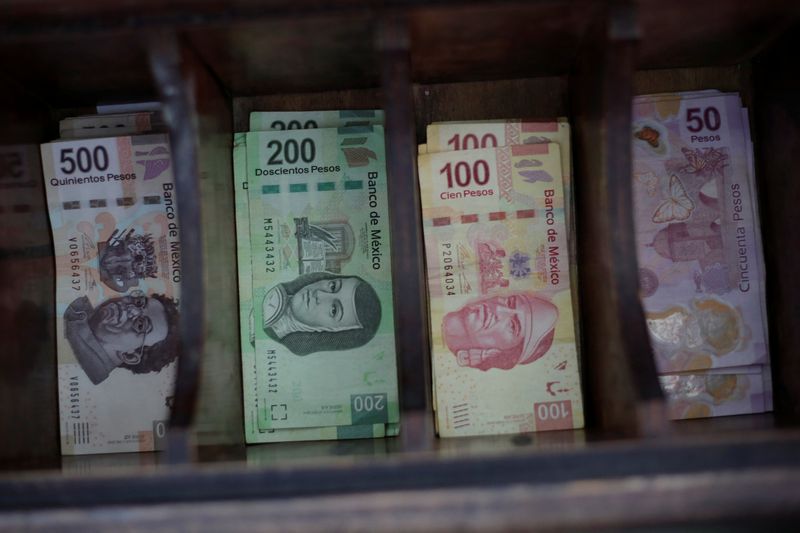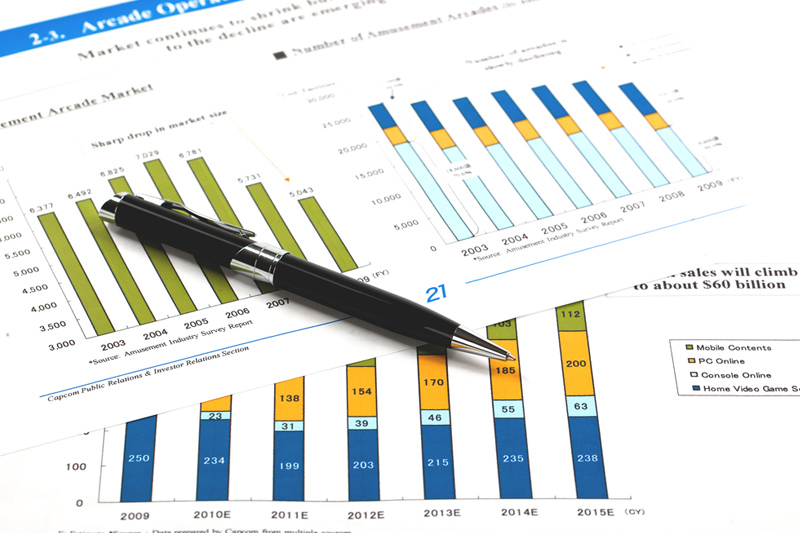By Harry Robertson
LONDON (Reuters) -A sharp fall in Mexico’s currency after a landslide election result has shaken currency markets as far away as Hungary and Turkey this week, leaving investors wondering whether the unwinding of the hugely popular carry trades will continue.
In a carry trade, investors borrow in low-interest currencies, such as the Japanese yen or the Swiss franc, and buy higher-yielding currencies, such as the Mexican peso or, more recently, the US dollar. Its popularity has increased dramatically as interest rates have varied around the world and market volatility has remained low.
Still, the peso’s dramatic fall against the yen this week — it fell 4.4% on Monday, its biggest daily drop since the COVID-19 crisis — is a sign that investors have quickly retreated from some of their favorite and most lucrative transactions. .
Volatility continued on Wednesday, with the yen falling sharply against the dollar, leaving investors to wonder whether the old approach is still viable.
“The general rise in volatility of currencies in emerging markets… has led to deleveraging around the world,” said Chris Turner, head of global markets at lender ING. “Where do we go from here?”
ELECTION SHOCKS
News that Claudia Sheinbaum was poised to win by a landslide in Mexico’s presidential election sent the peso tumbling, roiling markets over possible constitutional reforms and the impact on U.S. trade relations.
The Indian rupee also plummeted on Tuesday as it became clear that business-friendly Prime Minister Narendra Modi would lose his majority.
The double dip caused wild swings in emerging markets, hitting other favorite currencies such as the Hungarian forint and Turkish lira. Low-yield “funding currencies” such as the yen and peso rose, while the euro and dollar bounced in the waves.
Volatility is a major threat to carry trades. A rise in the currency in which investors borrow, or a fall in the currency in which they invest, can offset gains from yield differentials.
“My feeling is that participants have largely liquidated these trades and moved into a flat,” said Neil Jones, a senior FX sales manager at TJM Europe. “The market is likely still holding significant long-term carry trades, but is certainly well reduced from 48 hours prior.”
Still, some see an opportunity. “With the peso-yen cross down 6.3% in two days, we wonder whether the shakeout has largely taken place and whether this is a time to take action again,” said Chris Weston, head research at Pepperstone. “That trade feels aggressive, but let’s see how Japanese traders play the yen’s moves today.”
MOVING PARTS
Investors will need to assess a host of factors when deciding whether to return to carry trading strategies. ING’s Turner said markets will be closely watching Sheinbaum’s policies and the performance of the U.S. dollar, the key driver of the global currency.
“In Mexico, it appears that local authorities are already trying to calm investors about possible budget issues,” he said. “And internationally, we think the scope for slightly lower U.S. interest rates and a softer dollar could support the risk environment, reduce volatility and limit further sell-off in the carry trade.”

Also of great importance is the likely rate of the yen. Another factor driving the Japanese currency higher this week was speculation that the Bank of Japan could raise interest rates in July, with officials warning they were closely watching the yen’s movements.
Intervention remains a threat after Japanese authorities spent $62 billion to prop up the currency about a month ago. A rally in the yen – which has remained at a 34-year low this year – could spell more trouble for the carry trade.


